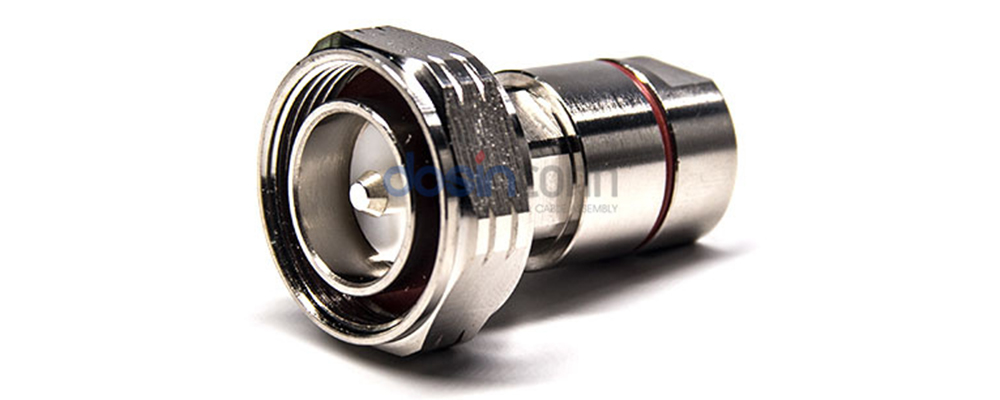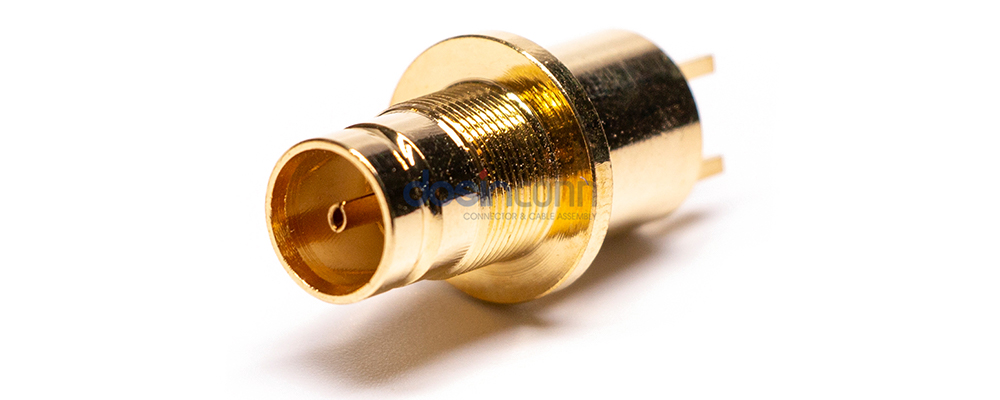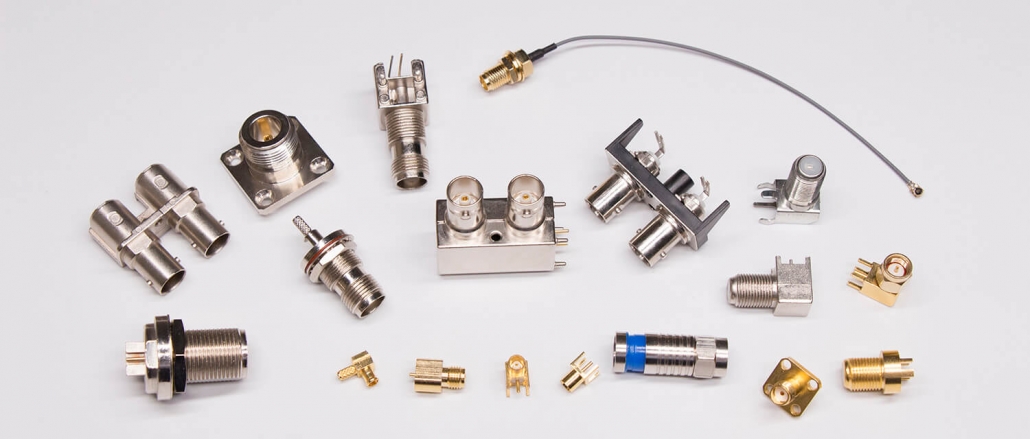When it comes to PCB mounting, it’s important to consider the advantages and disadvantages of different plating materials, such as nickel and gold. Let’s explore the characteristics of these plating options and why nickel plating is often preferred for soldering, despite the presence of potential soldering issues.
Advantages and Disadvantages of Nickel Plating

Advantage 1: Nickel exhibits good stability and durability. It is known for its resistance to corrosion and wear, making it a suitable choice for various applications.
Advantage 2: Nickel plating can withstand higher temperatures compared to some other materials. This property is beneficial in applications that involve elevated operating temperatures.
Disadvantage: Nickel’s weldability is not as favorable as some other metals. It may not readily accept solder without additional preparation or treatment.
Explanation: Nickel plating is not commonly found on the gold fingers of PCB boards due to its less favorable solderability. However, it is important to note that there are processes, like solderable nickel, which involve applying a layer of flux after nickel plating to enhance its soldering capabilities.
Advantages and Disadvantages of Gold Plating

Advantage 1: Gold is renowned for its excellent conductivity and weldability, making it a preferred choice in many PCB applications.
Advantage 2: Gold exhibits high stability and is among the most corrosion-resistant metals. It provides a reliable and long-lasting connection.
Disadvantage: Gold plating tends to be more expensive compared to nickel plating, which can impact production costs.
Explanation: Gold plating is commonly used on PCB boards due to its superior conductivity and weldability. However, the higher cost of gold is a factor to consider when making material choices.
Why Nickel Plating is Preferred for Soldering
Nickel plating is often favored for soldering despite its potential soldering challenges. This preference is mainly because nickel offers good stability and can withstand higher temperatures, making it suitable for various applications. While nickel itself may not be the ideal surface for soldering, processes like solderable nickel, which involve applying a flux layer after nickel plating, can significantly improve its solderability.
In summary, the choice between nickel and gold plating in PCB mounting depends on factors like cost, conductivity, weldability, and the specific requirements of the application. Both materials have their advantages and disadvantages, and selecting the appropriate plating material is crucial to achieving the desired performance and reliability in electronic assemblies.

